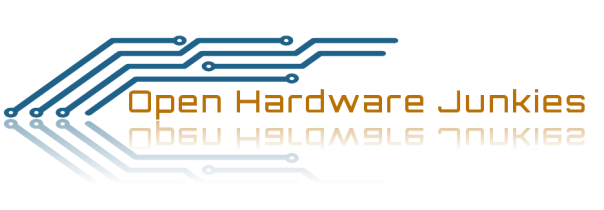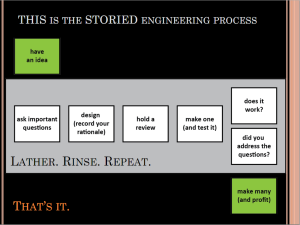 This weekend Josh (a member of Dayton Diode) and I had the great pleasure to attend Kentucky Space‘s hackerSPACE Workshop. The hackerSPACE workshop, led by Bob Twiggs co-creator of the CubeSat standard, was an introduction to CubeSats for hackerspaces, entrepreneurs, and educators. In addition to the formal presentations, there were a number of group suggested breakout sessions including ones on educational outreach, open source CubeSats (of course, I suggested this topic), working with Amateur Radio operators, and operating high altitude balloons. I am very happy to report the open source CubeSat topic generated quite a bit of additional conversation and opened the door to several partnership opportunities.
This weekend Josh (a member of Dayton Diode) and I had the great pleasure to attend Kentucky Space‘s hackerSPACE Workshop. The hackerSPACE workshop, led by Bob Twiggs co-creator of the CubeSat standard, was an introduction to CubeSats for hackerspaces, entrepreneurs, and educators. In addition to the formal presentations, there were a number of group suggested breakout sessions including ones on educational outreach, open source CubeSats (of course, I suggested this topic), working with Amateur Radio operators, and operating high altitude balloons. I am very happy to report the open source CubeSat topic generated quite a bit of additional conversation and opened the door to several partnership opportunities.
One such opportunity involves designing, building, and operating high altitude balloons. During Mach 30’s strategic planning for 2011, the Mach 30 board decided to start its CubeSat development efforts by first building high altitude balloons. High altitude balloons offer many of the same design, fabrication, and operation challenges as CubeSats, at a fraction of the cost, making them ideal “kites“. And, it turns out, there are several high altitude balloon programs near Ohio to partner with, as we learned from the high altitude balloon breakout session at the workshop. These programs include:
- Kentucky Space’s Dropzone!
- LVL1‘s White Star Transatlantic Balloon
- Adler Planetarium‘s Far Horizons program which launches monthly
It turns out Josh and I sat next to Adler Planetarium’s Ken Walczak. Ken and I talked at length about the Far Horizons program and launching high altitude balloons. It turns out Adler Planetarium has been looking for a way to share the designs and procedures for their high altitude balloons in support of their educational mission. It just so happens, Mach 30 has a website for sharing open source hardware projects, and as mentioned earlier, a desire to build its own high altitude balloons. There has also been talk at Dayton Diode about building a high altitude balloon as a group project just because it would be cool.
Sounds like a great partnership opportunity to me. Here’s how I see it working. Mach 30 would provide project coordination, funding, and hosting (on Open Design Engine). Dayton Diode members who are interested in a high altitude balloon project would volunteer their time to build and operate the balloon. And Adler Planetarium would provide the experience (in the form of plans, procedures, and training). Ken from Adler has already expressed an interest in this proposal, and believes he can arrange for a live training opportunity for Dayton Diode members at one of the upcoming Far Horizons launches (the next one is in December). And Mach 30 has funds allocated for a high altitude balloon project. And, I am cross-posting this blog post on Dayton Diode’s blog to gauge their interest. More details to follow as things move forward.








